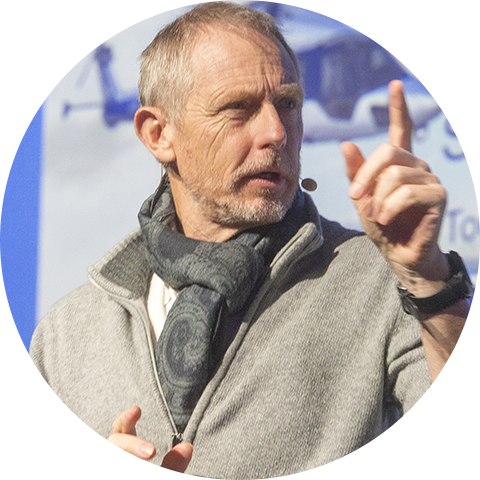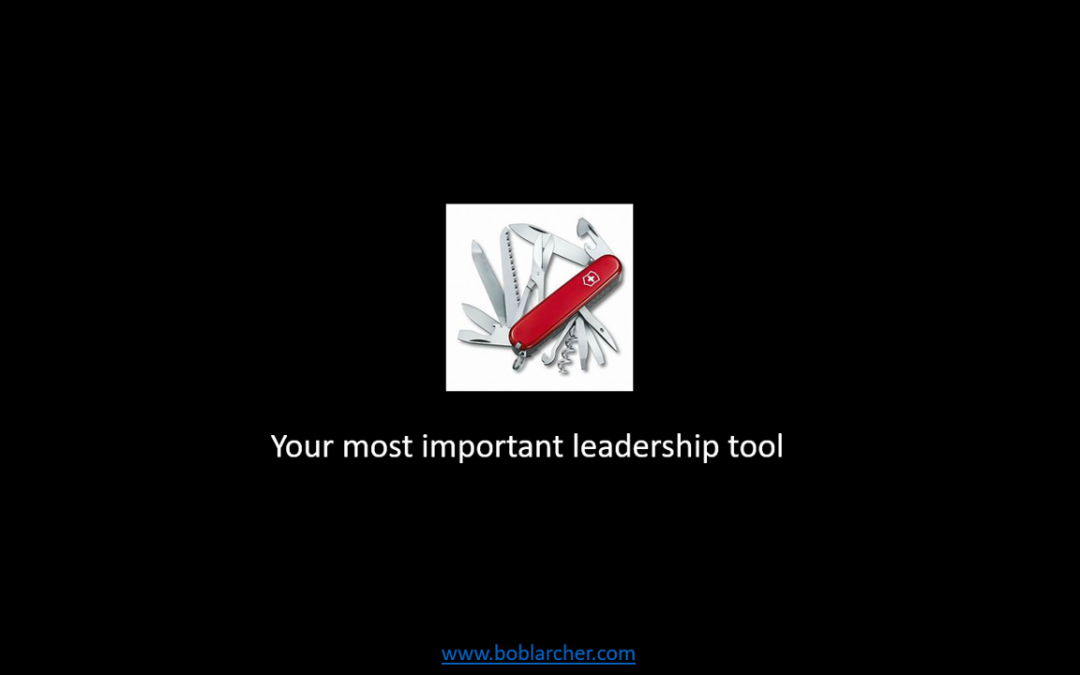When in a leadership position, whether we like it or not, the spotlight is always on us. Everything we say and do is under scrutiny; the way we walk into a room, the way we stand, our handshake, our eye contact, our smile ……………. our rate of speech ……… the list is almost endless. Even if we sit and say nothing, it’s being scrutinised!!!
I wrote in a previous article that “you cannot not communicate”; everything we say, don’t say, do or don’t do conveys a message; a smile, a raised eyebrow, a turned away posture or a nod of the head all send information (both positive & negative) to others.
Leadership (according to the GLOBE study) is, “the ability of an individual to influence, motivate, and enable others to contribute toward the effectiveness and success of the organizations of which they are members”
There are a lot of posts that read, “The n (insert any number between 5 & 60) leadership tools that will help you succeed”
Some are hard-skills, things like: RASCI charts, SIPOC maps, Fishbone cause and effect diagrams or Force field analysis; others are more soft-skills, things like: empathy, listening, building rapport or creativity.
So, what is our most important leadership tool? Is it Powerful presentation techniques? Is it Mighty Motivation skills? Is it Incredible influencing ability? Or, is it even Awesome authenticity? They probably all (with tongue firmly out of cheek) have their part to play; but they are what we do with the tool – they are not the tool itself.
The tool itself (as you have probably already worked out) is about 70 kg (a rough average) of flesh, blood, bones, fat & water.
70 kg or roughly 14 UK gallons is not a lot; but it’s amazing what we can do with it. We can influence people, we can motivate them, we can persuade them, we can get them to follow us – at least we can, when we use the tool correctly.
Most tools are “mono-purpose”; a hammer, for example, is good at knocking in nails – you may get a screw into place with it but other than that the hammer is limited in what it can do (I’ve excluded things like hitting people with it and breaking nuts).
Our most important tool is multi-purpose; we can use it to excite people, we can use it to make people feel happy, we can use it to get things moving; we can also use it to disappoint people, to make them feel sad, or even aggress them.
We are our most important leadership tool; listening, motivating, influencing, identifying stakeholders, speaking to crowds, etc. are what we do with the tool, but the tool itself, is ourselves.
Like all tools it needs to be looked after, well oiled, regularly sharpened, kept clean and, maybe most importantly, used consciously; even knocking in nails is not as easy as it may seem – if you don’t concentrate on what you are doing ……… ouch!
Don’t get me wrong, I’m not denigrating learning leadership skills; presentation techniques, negotiation skills, effective listening, conflict resolution methods and such like are of paramount importance (I spend a large part of life helping people to develop those kind of things) and they clearly help people to better incarnate their leadership capacity.
But at the end of the day it’s that 70 kg of flesh, blood, bones, fat & water that is going to make the difference or not.
As Socrates said, “the unexamined life is not worth living”!

I help people to develop their interpersonal skills, usually within a leadership or teamwork context. If you are looking to develop your leadership, I might be able to help. I’ve been doing this for almost 40 years; roughly four thousand days of seminars, workshops, conferences, coaching, offsites, webinars, etc. – put back-to-back that makes almost ten “full” years.



